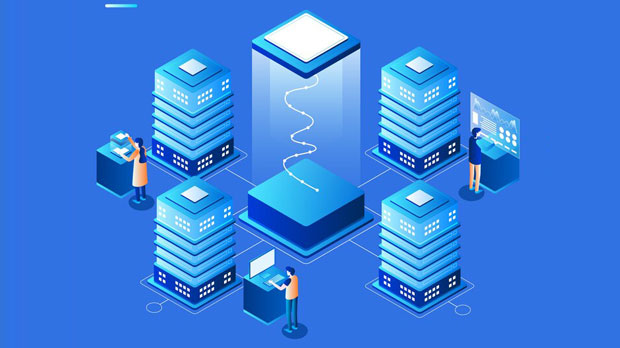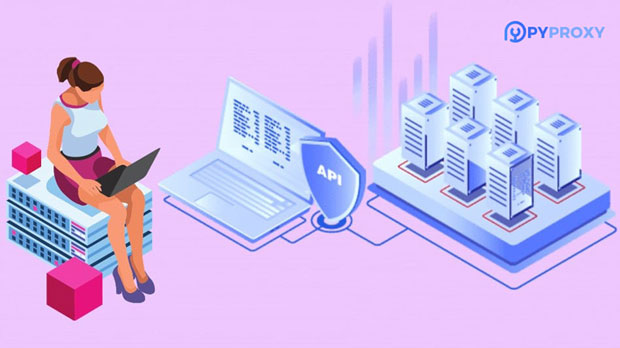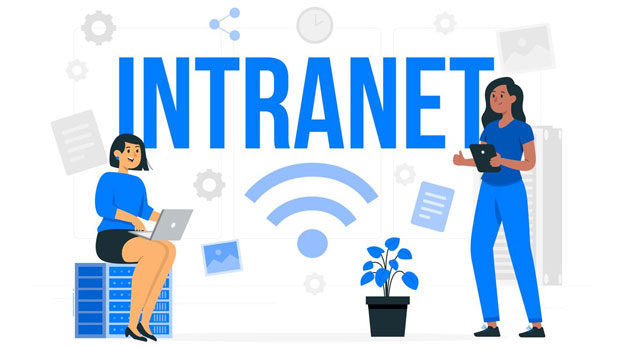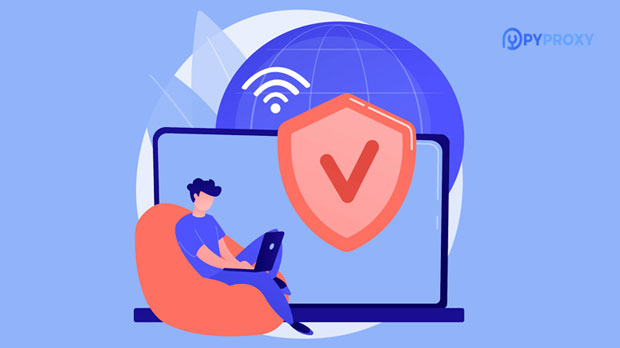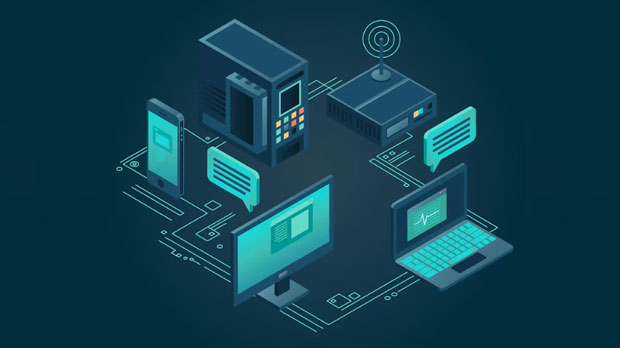When it comes to purchasing residential sock s5 proxies, finding a reliable provider and maximizing savings through discounts is always a priority. PYPROXY is one of the popular platforms offering such services, and using a coupon code can significantly reduce the cost of obtaining high-quality residential proxies. In this article, we will break down the steps involved in purchasing residential SOCKS5 proxies from PyProxy using a discount coupon code. Understanding these steps can help you navigate the purchasing process efficiently, ensuring that you get the best deal while securing the proxies you need. 1. Understanding Residential SOCKS5 ProxiesBefore diving into the process of purchasing residential SOCKS5 proxies, it's essential to understand what they are and why they are important. Residential proxies are IP addresses assigned to real devices, as opposed to data center proxies, which are generated by servers. This makes residential proxies appear more legitimate, and they are less likely to be blocked by websites or services. SOCKS5, on the other hand, is a protocol that facilitates communication between a client and a server through a proxy. It supports a wide range of traffic types, such as HTTP, FTP, and even torrents, making it a versatile choice for many users.Residential SOCKS5 proxies are particularly useful for businesses and individuals who need to perform web scraping, manage multiple social media accounts, or engage in other online activities that require anonymity and the ability to bypass geo-restrictions.2. Researching PyProxy ServicesOnce you have a basic understanding of residential SOCKS5 proxies, the next step is to explore PyProxy’s services. PyProxy offers a range of proxy solutions, including residential proxies with SOCKS5 support. These proxies are ideal for tasks such as web scraping, data mining, and anonymous browsing.Take your time to review the various plans and pricing options available on the PyProxy platform. Look for plans that offer sufficient bandwidth and IP rotation to suit your needs. Additionally, ensure that the proxies you select come with the features you require, such as high anonymity levels, fast connection speeds, and the ability to access geo-restricted content.3. Finding a Valid PyProxy Coupon CodeTo maximize your savings, you will want to use a coupon code when purchasing your residential SOCKS5 proxies. Coupon codes are often available through various platforms, including PyProxy's promotions page, newsletters, or third-party websites that specialize in proxy service discounts. These codes typically offer a percentage off your purchase or provide additional services for free, such as extra bandwidth or access to premium IP pools.Be sure to check the validity of the coupon code before attempting to use it. Coupon codes may have expiration dates, or they may be specific to certain plans or services. Look for the terms and conditions to ensure that the code you are using applies to your desired purchase.4. Selecting the Right Residential socks5 proxy PlanNow that you have found a valid coupon code, it’s time to choose the residential SOCKS5 proxy plan that best suits your needs. PyProxy typically offers several tiers of service, each with varying levels of IP access, bandwidth, and features. Consider the following factors when selecting your plan:- Number of Proxies: Determine how many proxies you need based on your intended use. If you are conducting large-scale web scraping, for example, you may need a higher number of proxies to avoid detection and maintain high performance.- Bandwidth: Ensure that the plan you select offers enough bandwidth for your tasks. Low bandwidth may lead to slower speeds or limitations on usage.- Geo-targeting: If you need proxies from specific regions or countries, check to see if PyProxy offers location-specific proxies.- IP Rotation: Frequent IP rotation is essential to maintain anonymity and avoid being blocked. Look for plans that offer rotating IPs or a large pool of residential IPs.Once you’ve selected the right plan, proceed to the checkout page.5. Applying the Coupon Code at CheckoutAt checkout, you’ll find a field where you can enter your coupon code. This is the moment when you can take advantage of any discounts or promotions you’ve gathered. Enter the code exactly as it appears, ensuring there are no spaces or errors. Once entered, the discount should be applied to your total purchase, reducing the overall cost.Before finalizing the payment, double-check that the coupon code has been successfully applied and that the total amount reflects the discount. This is important to ensure you are getting the best deal possible.6. Completing the PurchaseOnce you’ve confirmed that the coupon code has been applied and you are satisfied with your proxy plan, it’s time to complete the purchase. PyProxy typically offers several payment methods, including credit cards, PayPal, and cryptocurrency. Choose the payment method that is most convenient for you and follow the on-screen instructions to finalize the transaction.After the payment has been processed, you should receive a confirmation email with details about your purchased proxies, including login credentials, IP addresses, and any additional instructions you may need.7. Testing and Configuring Your ProxiesAfter purchasing your residential SOCKS5 proxies, it’s essential to test them to ensure they work correctly. PyProxy typically provides a set of instructions for configuring your proxies, including how to set up your browser or application to use the SOCKS5 proxies.Testing the proxies helps verify that they are functioning properly and that you can connect to the internet anonymously. You can test the proxies by visiting websites that display your IP address, such as "WhatIsMyIP," to confirm that your traffic is being routed through the proxy and that your real IP address is hidden.Additionally, configure your proxies based on your specific needs. For example, if you're using them for web scraping, you may want to set up automatic IP rotation to prevent detection. If you're using the proxies for browsing, ensure that they are configured to bypass geo-restrictions or access content in a specific region.8. Managing and Monitoring Your ProxiesOnce your proxies are set up and working, it’s important to monitor their performance regularly. PyProxy typically offers a user dashboard where you can track the usage of your proxies, including bandwidth consumption, IP rotation status, and connection speeds.If you encounter any issues with your proxies, such as slow speeds or frequent blocks, you can contact PyProxy’s support team for assistance. Regular monitoring ensures that your proxies continue to meet your needs, and it helps you address any potential problems before they impact your work.Purchasing residential SOCKS5 proxies using a PyProxy coupon code is a straightforward process, but it requires careful planning and attention to detail. By following the steps outlined in this article, you can secure high-quality proxies at a discounted price, ensuring that you get the best value for your investment. Remember to select the right plan based on your specific needs, apply the coupon code correctly, and test your proxies to ensure they work as expected. With these steps, you will be well on your way to optimizing your online activities while maintaining security and anonymity.
May 15, 2025














































